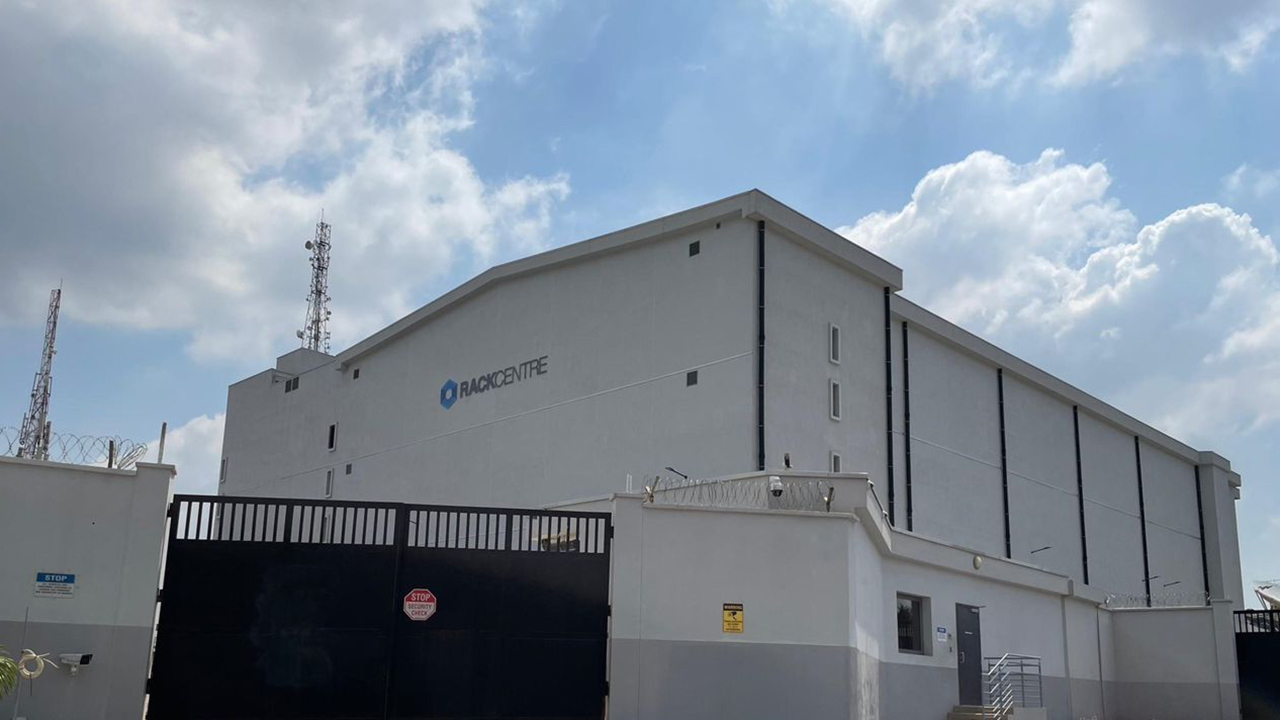
Product-Led Growth (PLG) is gaining momentum in Nigeria’s growing tech ecosystem, becoming a popular approach for companies aiming to scale by making their product the central driver of customer acquisition, retention, and expansion. In a PLG strategy, the product itself becomes the primary tool for attracting users, converting them into paying customers, and encouraging continuous usage. To measure the effectiveness of this strategy, companies must rely on clear metrics and careful analysis to ensure that growth is indeed driven by the product.
In the context of Nigeria’s tech market, user acquisition stands as one of the most important metrics in a product-led growth strategy. Unlike traditional approaches, where marketing campaigns or promotions are used to attract users, PLG depends on the product to organically draw in customers. Metrics such as user sign-ups, free trials, or activations of free-tier services give companies insights into how effectively the product is appealing to new users on its own, without heavy reliance on advertising.
Another crucial metric is user activation, which refers to the moment when a new user experiences the core value of the product. In Nigeria’s tech space, where companies are targeting a digitally savvy yet diverse audience, user activation can occur at different stages. It could be when a user sets up their account, completes a transaction, or explores key features of a product. Monitoring activation rates helps companies understand how quickly users are finding value in the product after signing up.
Engagement is another significant indicator of PLG success. For a product-led strategy to thrive, it is not enough for users to simply sign up—they must regularly engage with the product. Engagement metrics such as daily or monthly active users (DAU or MAU), session duration, and feature usage provide insights into how frequently users interact with the product and how much value they derive from it. High levels of engagement often lead to improved retention and long-term growth, which is especially important in Nigeria, where customer loyalty can be volatile.
Customer retention is another critical measure in evaluating the success of PLG strategies. Retention measures how well a product retains users over time and is crucial for long-term growth. In Nigeria’s highly competitive market, retention rates can reveal how effectively a product continues to meet user needs after their initial experience. By tracking retention over periods such as 30, 60, or 90 days, companies can gauge whether their product is delivering enough value to keep users engaged. High retention rates suggest that the product is resonating with the market and providing lasting value.
Customer satisfaction and Net Promoter Score (NPS) are qualitative measures that complement quantitative metrics in PLG strategies. NPS gauges how likely customers are to recommend the product to others, a key driver of organic growth for product-led companies. In Nigeria, where word-of-mouth marketing can be incredibly powerful, high NPS scores indicate that the product is not only delivering value but also creating advocates who will drive additional growth. Satisfied customers who recommend the product contribute to growth without the need for costly marketing campaigns.
Customer Lifetime Value (CLV) is another useful metric in PLG strategies, measuring the total revenue a company can expect from a customer throughout their relationship. In a product-led strategy, maximizing CLV is often the goal, as it reflects long-term customer retention and the potential for future expansion. For Nigerian companies, increasing CLV shows that the product is fostering strong, lasting relationships with users and driving sustainable revenue growth.
Churn rate, the inverse of retention, measures the percentage of users who stop using the product over a given period. A high churn rate can signal that the product is not meeting user expectations or delivering long-term value. In Nigeria’s competitive tech environment, where users can switch between multiple options, understanding and addressing churn is critical. Identifying why users leave helps companies improve their product and reduce churn, ensuring they retain a larger portion of their user base.
Revenue growth is the most straightforward metric of success in a PLG strategy. Since product-led growth hinges on the product itself driving sales, monitoring overall revenue growth provides clear insights into how well the product fuels business success. In Nigeria, where tech adoption is accelerating across sectors such as fintech, edtech, and e-commerce, linking revenue growth to user acquisition, activation, and retention ensures that growth is sustainable and tied directly to the product’s success.
User feedback remains a critical tool for product managers looking to refine their PLG strategies. By collecting and analyzing feedback, companies can understand how their product is perceived, what users appreciate, and what areas need improvement. In Nigeria, where the tech landscape is still evolving, user feedback can be a goldmine for innovation. Companies that actively listen to users and adjust their product roadmap based on feedback are better positioned to sustain growth through continued product innovation.






